Base Ten Blocks Worksheets Adding and Subtracting
Base Ten Blocks Worksheets are a helpful tool that can assist students in enhancing their understanding of addition and subtraction. These worksheets provide visual representations of base ten blocks, allowing students to develop a concrete understanding of the concepts. Incorporating base ten blocks in these worksheets helps students grasp the concept of place value and the relationship between tens and ones. With these worksheets, students can practice adding and subtracting numbers using base ten blocks, leading to a deeper understanding of mathematical operations.
Table of Images 👆
More Other Worksheets
Kindergarten Worksheet My RoomSpanish Verb Worksheets
Cooking Vocabulary Worksheet
DNA Code Worksheet
Meiosis Worksheet Answer Key
Art Handouts and Worksheets
7 Elements of Art Worksheets
All Amendment Worksheet
Symmetry Art Worksheets
Daily Meal Planning Worksheet
What are base ten blocks?
Base ten blocks are a mathematical manipulative used to teach concepts of place value, addition, subtraction, multiplication, and division. They are typically made up of cubes, rods, flats, and units to represent ones, tens, hundreds, and thousands. By using base ten blocks, students can physically manipulate the blocks to help them understand the value of each digit in a number and perform mathematical operations more concretely.
How can base ten blocks be used to represent numbers?
Base ten blocks can be used to represent numbers by assigning a specific value to each type of block. For example, a unit block represents a value of one, a rod of ten unit blocks represents a value of ten, a flat of ten rods represents a value of one hundred, and a cube of ten flats represents a value of one thousand. By grouping these blocks together, various numbers can be visually and physically represented, helping individuals understand place value and place relationship in our base ten number system.
How does adding with base ten blocks work?
Adding with base ten blocks involves representing numbers using blocks that are grouped into units (ones), rods (tens), flats (hundreds), and cubes (thousands). To add using base ten blocks, you physically group blocks of the same value together in columns and then combine the blocks in each column to find the sum. For example, if you are adding 35 + 24, you would group three rods and five units for 35, and then add two rods and four units for 24. Combine the units (ones) first, then the rods (tens) if needed, and so on to find the sum in the appropriate place value.
How does subtracting with base ten blocks work?
Subtracting with base ten blocks involves physically removing blocks representing the amount being taken away from the total. To begin, represent the first number (minuend) with the appropriate blocks. Then, physically remove the blocks representing the second number (subtrahend) from the total. The remaining blocks represent the result of the subtraction, which is the difference. It allows for a hands-on, visual representation of the subtraction process, making it easier for learners to understand the concept of subtraction and regrouping.
Can base ten blocks be used to solve multi-digit addition problems?
Yes, base ten blocks can be used to solve multi-digit addition problems by visually representing each digit in the numbers being added and then regrouping as necessary to find the total sum. Each unit block represents one digit, and different combinations of ten units can be exchanged for a ten-block. This physical representation can help students understand the concept of place value and regrouping while adding multi-digit numbers.
Can base ten blocks be used to solve multi-digit subtraction problems?
Yes, base ten blocks can be used to solve multi-digit subtraction problems by representing each digit with the appropriate blocks, then subtracting the values accordingly. The blocks can help students visualize the regrouping process and make it easier to understand the concept of borrowing in subtraction.
How can base ten blocks be used for regrouping or carrying in addition?
Base ten blocks can be used for regrouping or carrying in addition by physically manipulating the blocks to represent the numbers being added. For regrouping, if the sum of a column of blocks goes beyond nine, you can exchange ten units of one type of block for one unit of the next higher type of block. For carrying, if the sum of a column of blocks exceeds nine, you can physically pick up ten units of one type of block and transfer it to the next column over to represent carrying over to the next place value. This hands-on approach with base ten blocks helps students visually understand the concept of regrouping and carrying in addition.
How can base ten blocks be used for regrouping or borrowing in subtraction?
Base ten blocks can be used for regrouping or borrowing in subtraction by physically taking away blocks from a higher place value column when the digit in that column is less than the digit being subtracted. For example, when subtracting 47 - 25, to take away 5 from the ones column, you could borrow a ten from the tens column by physically moving a ten block to the ones column. This allows for regrouping and ensures that the subtraction is done correctly.
What are some strategies or techniques for using base ten blocks effectively?
Some effective strategies for using base ten blocks include starting with concrete examples to build understanding, using them to visually represent mathematical concepts, incorporating hands-on activities to engage students, facilitating group discussions to encourage collaboration, and gradually transitioning to abstract thinking by linking the blocks with symbolic representations like numbers and equations. By incorporating these strategies, educators can help students develop a deeper understanding of place value, addition, subtraction, multiplication, and division concepts using base ten blocks.
Are there any limitations or constraints when using base ten blocks for adding and subtracting problems?
Yes, there are limitations when using base ten blocks for adding and subtracting problems. One limitation is that it can be challenging to represent numbers larger than the blocks available. Additionally, the physical nature of the blocks can make it difficult to accurately manipulate and visualize regrouping when adding or subtracting larger numbers. Furthermore, base ten blocks may not be as efficient for more advanced mathematical operations compared to using other methods or tools.
Have something to share?
Who is Worksheeto?
At Worksheeto, we are committed to delivering an extensive and varied portfolio of superior quality worksheets, designed to address the educational demands of students, educators, and parents.

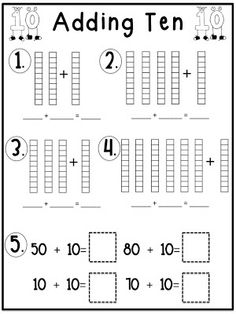



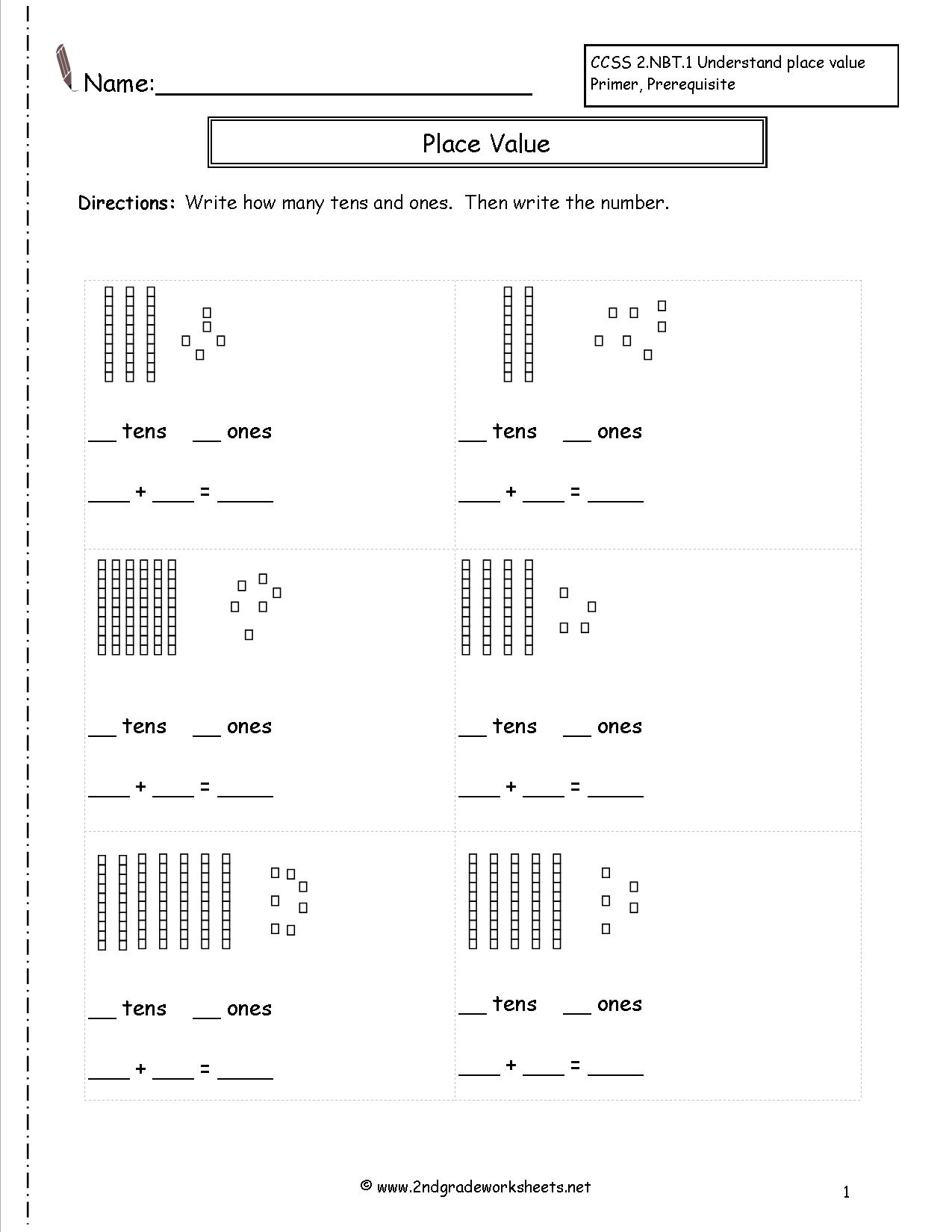
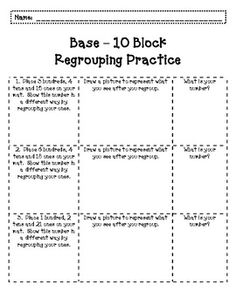
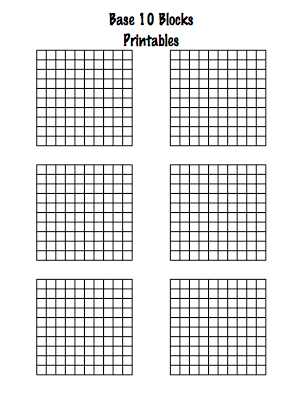
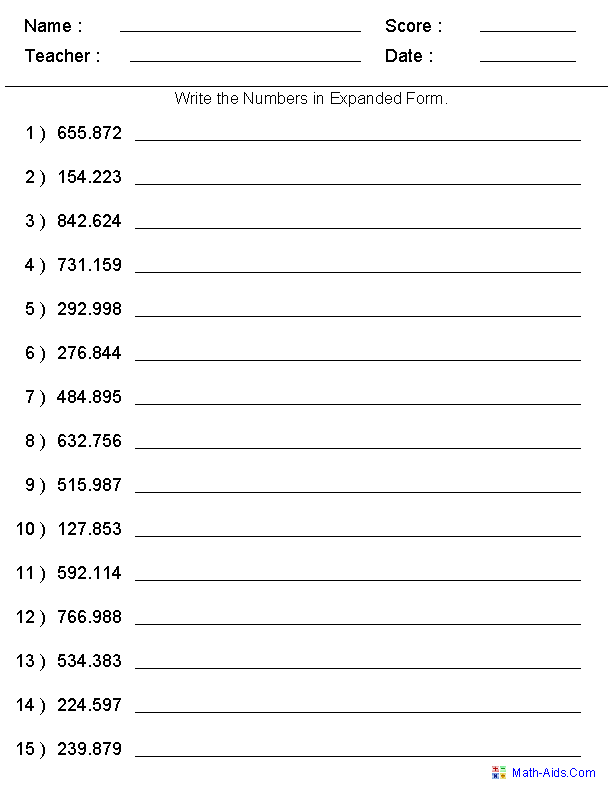
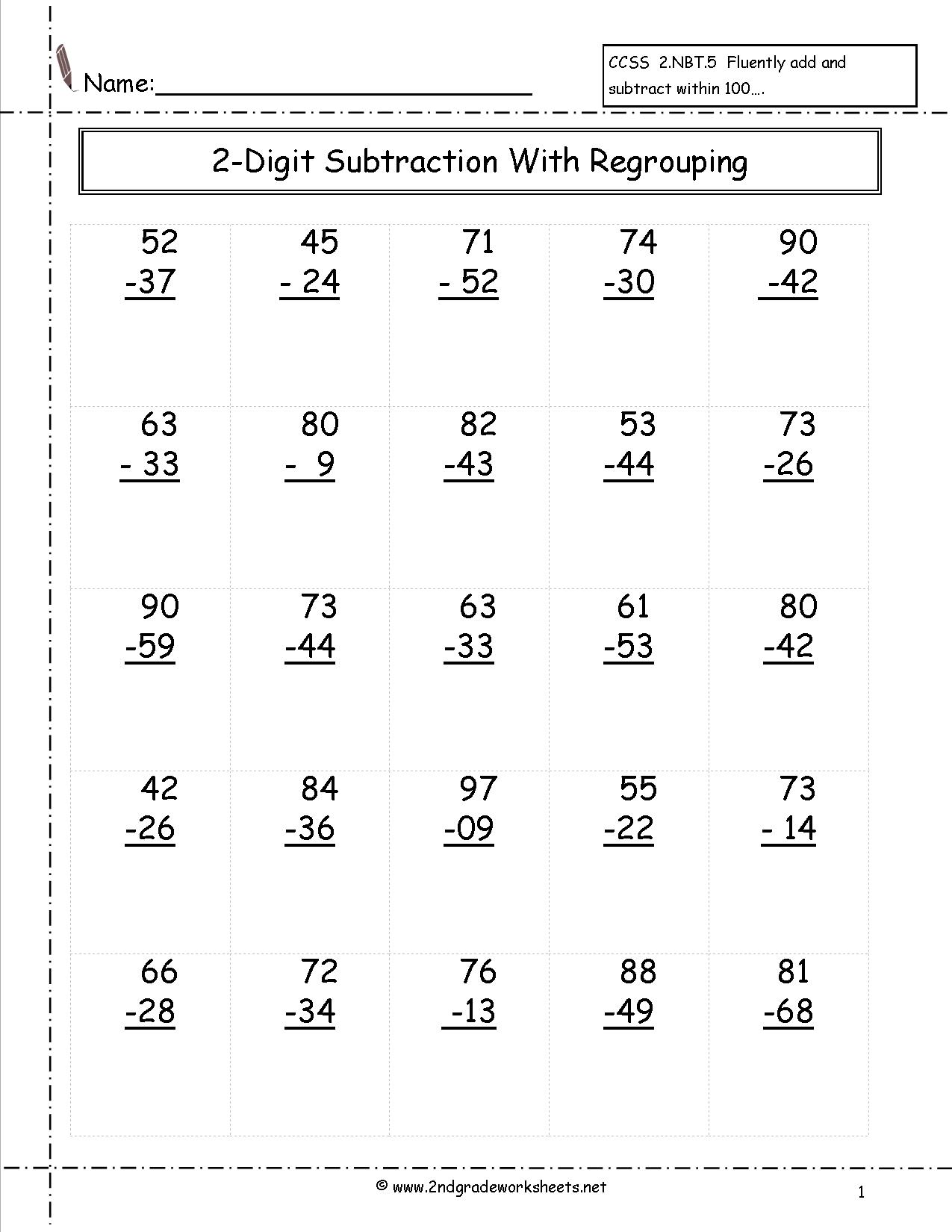
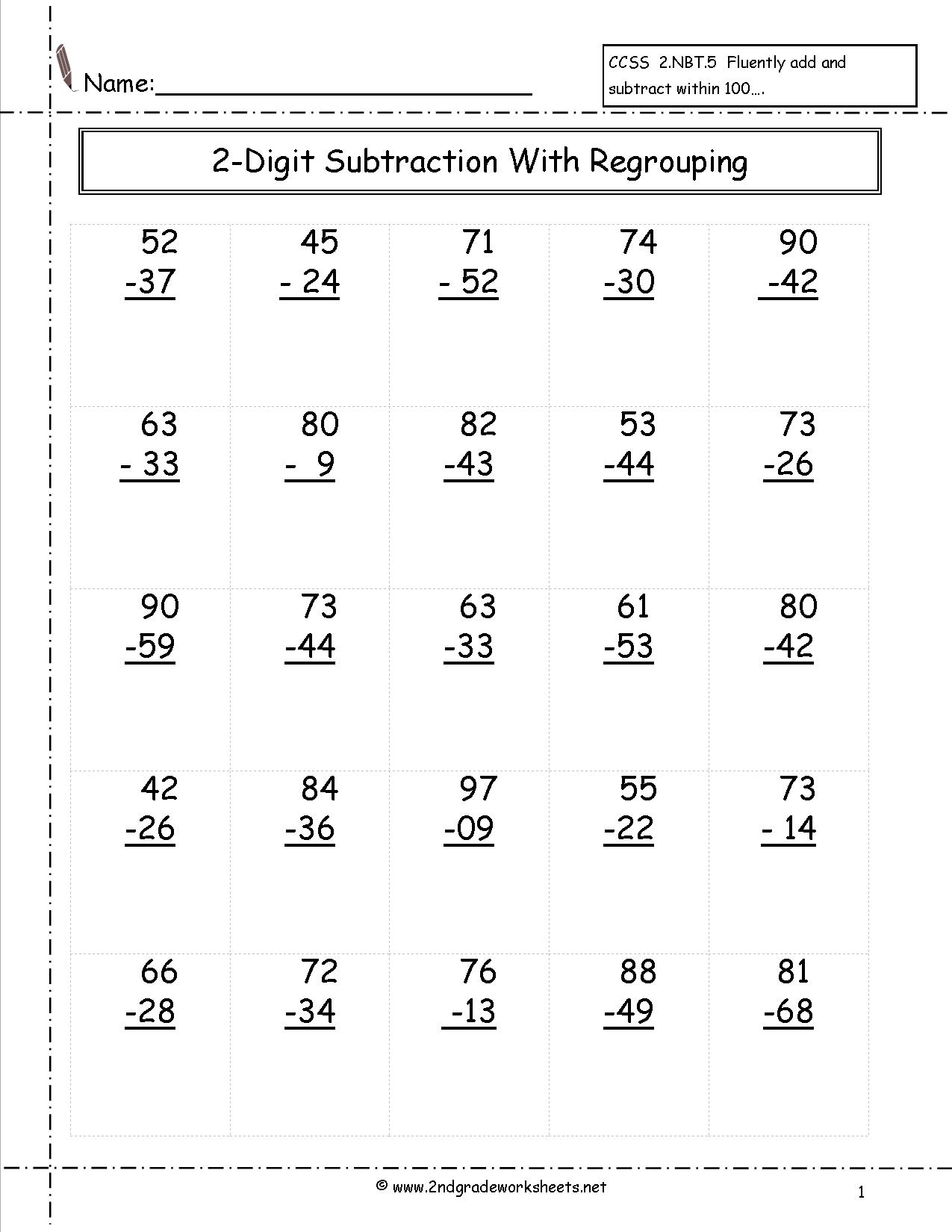
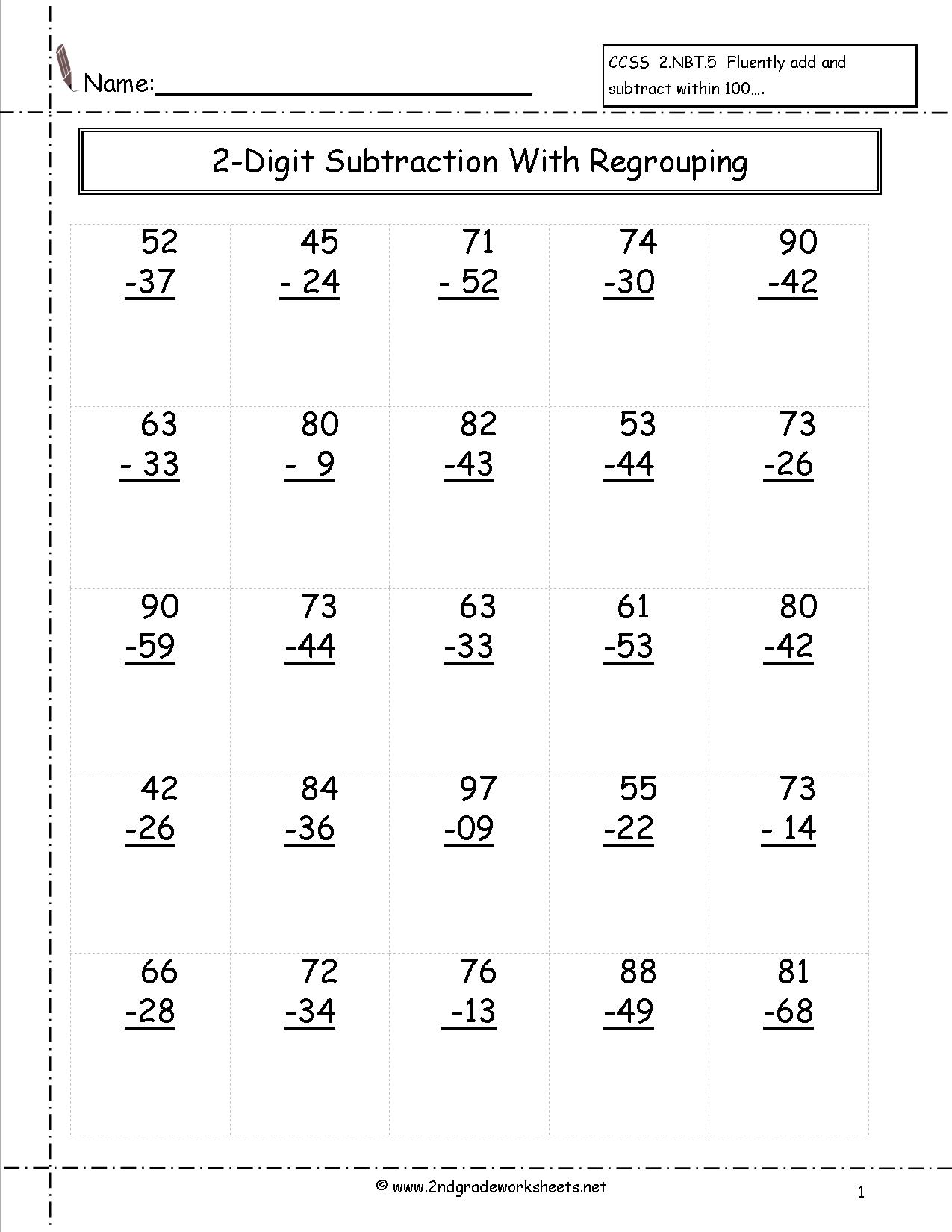
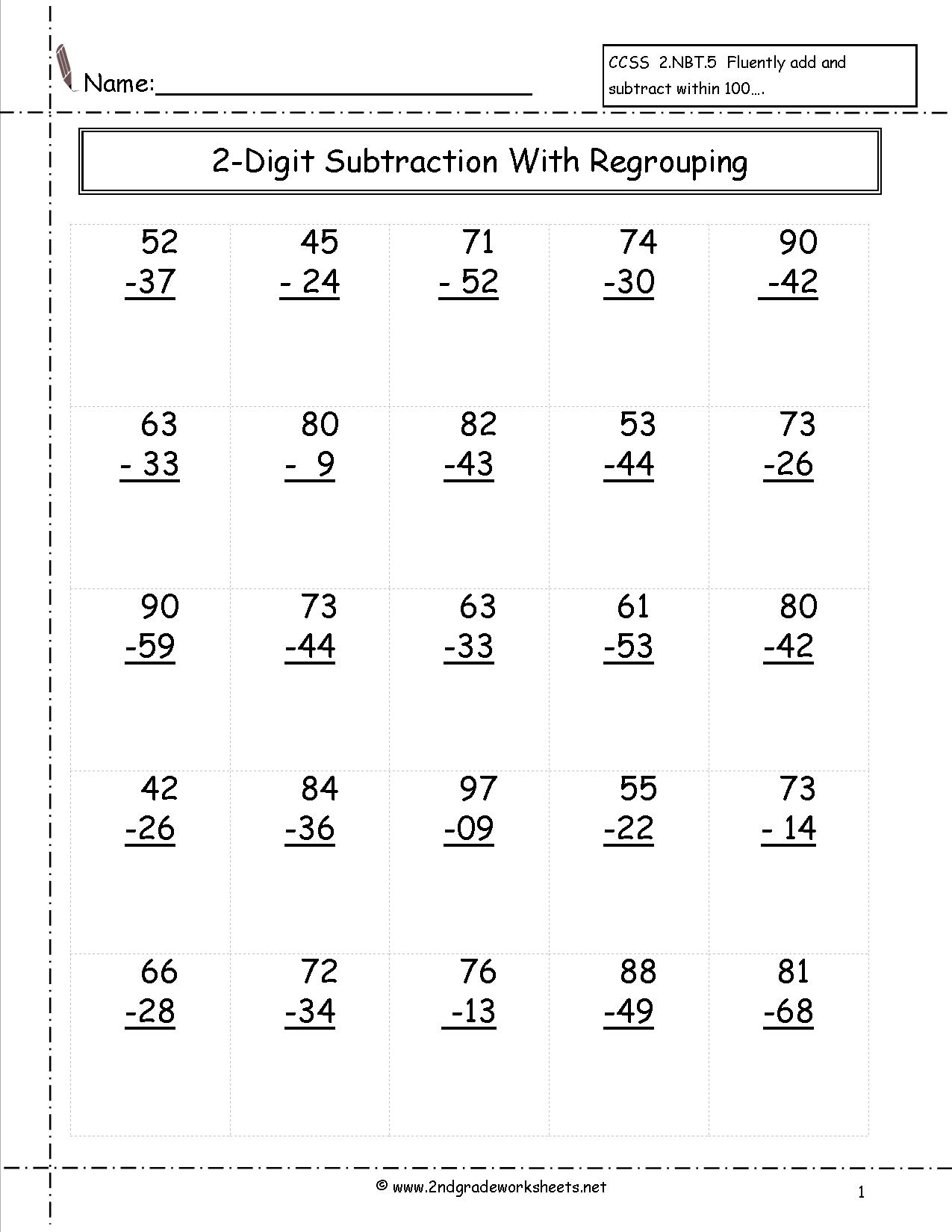
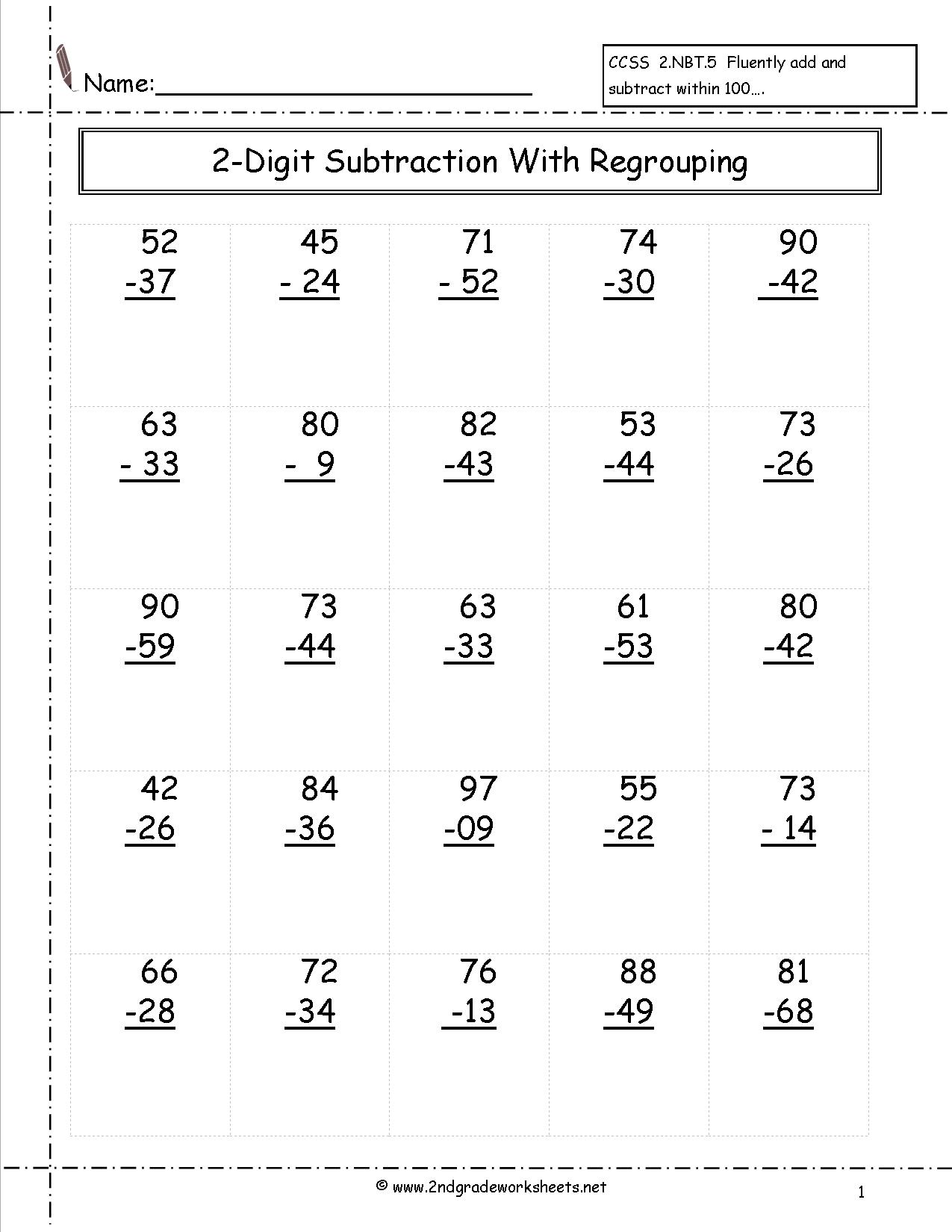
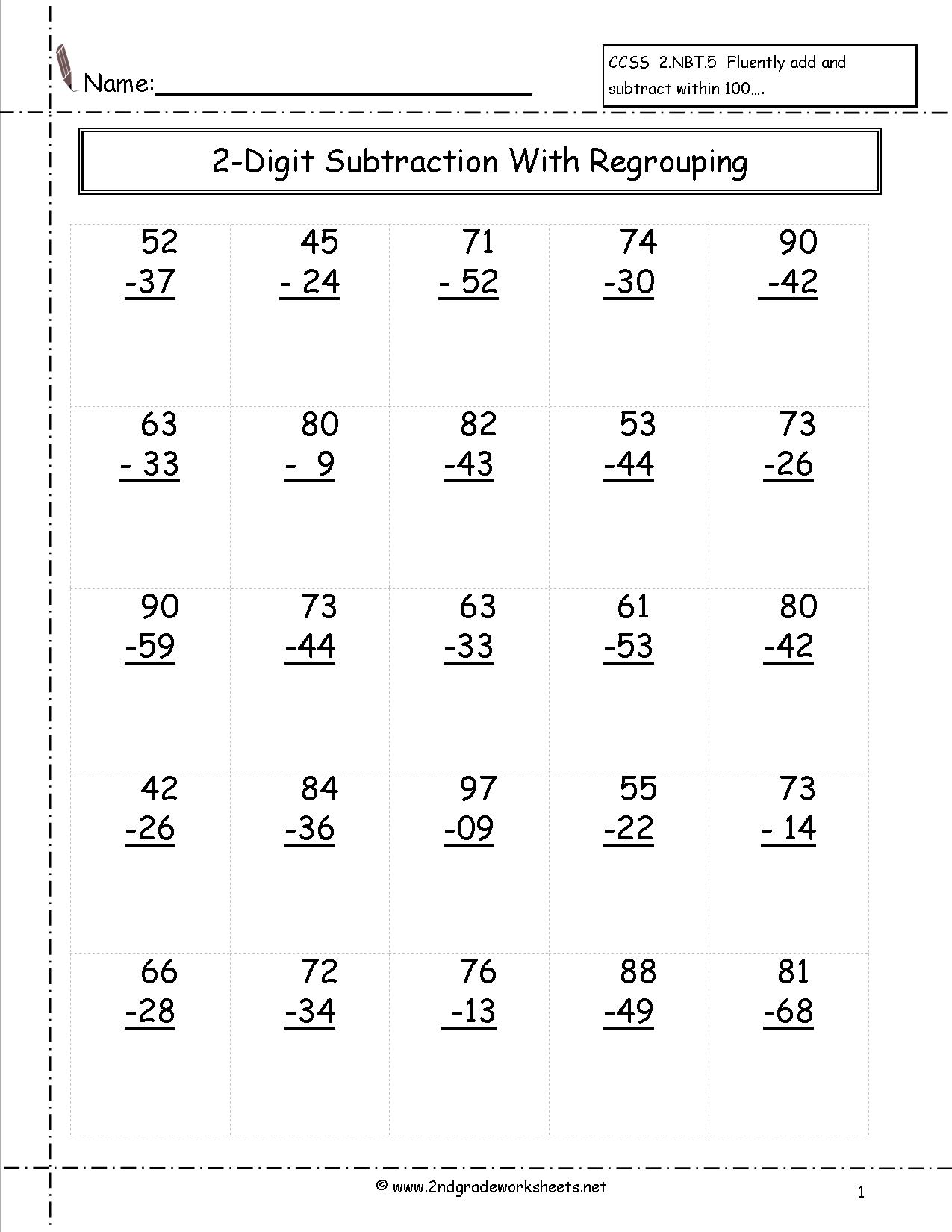
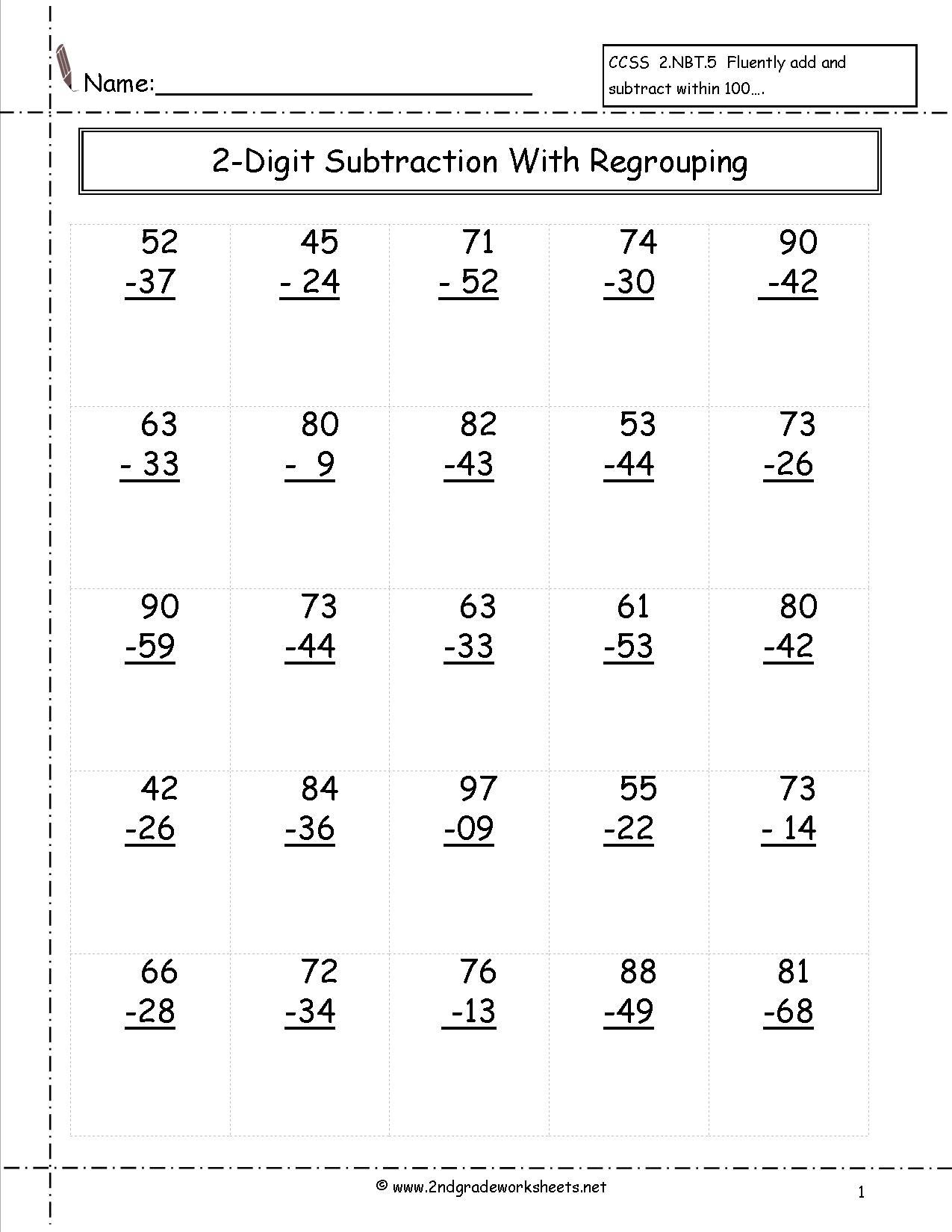
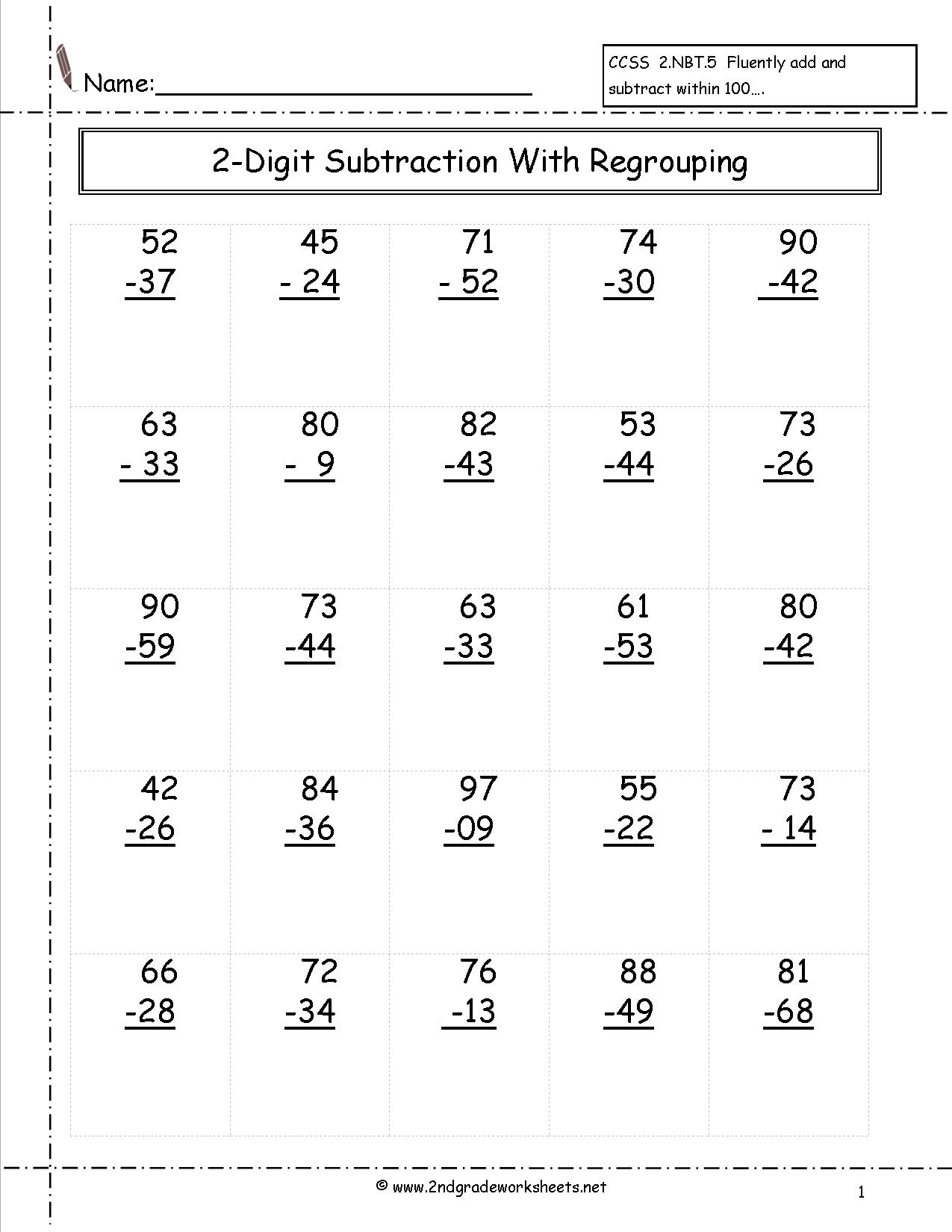


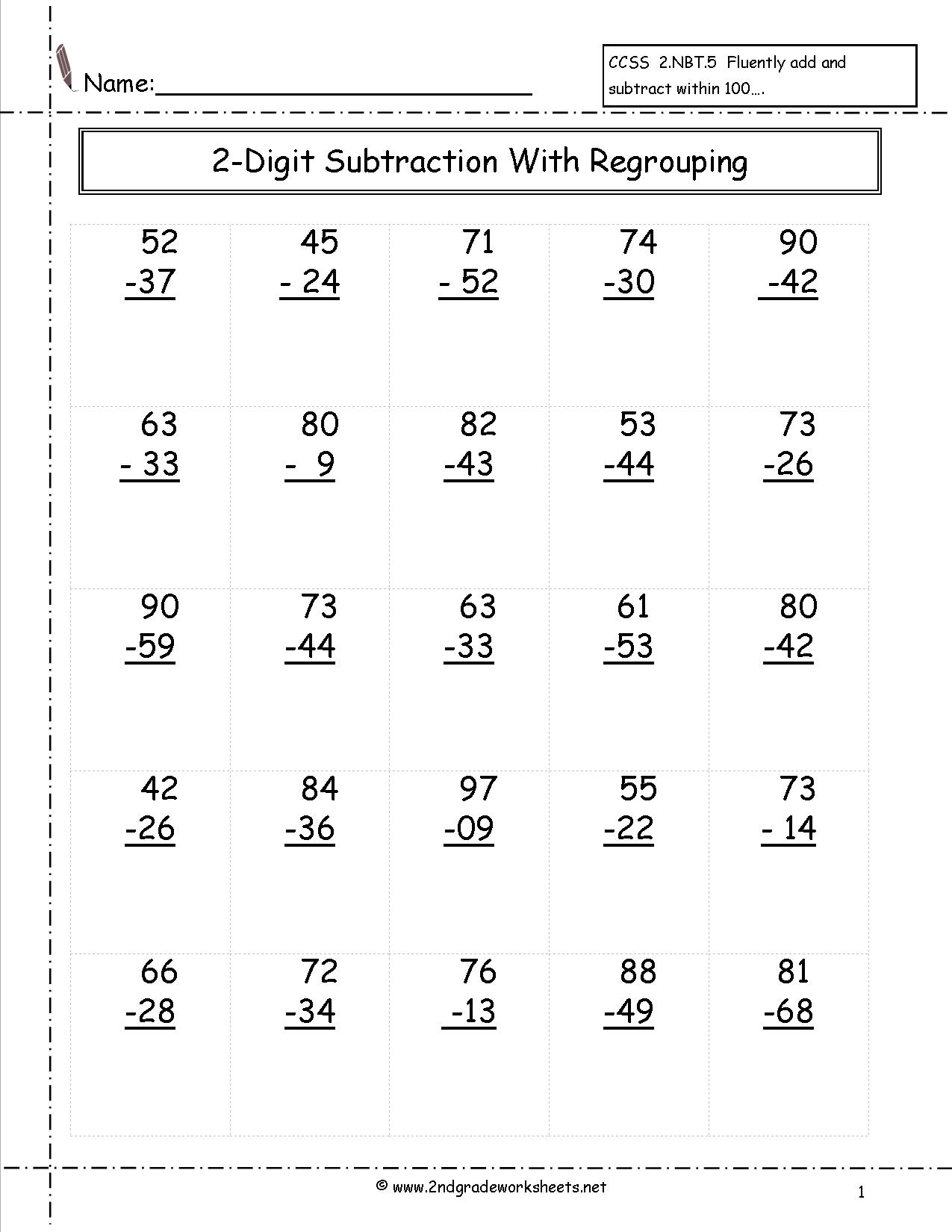
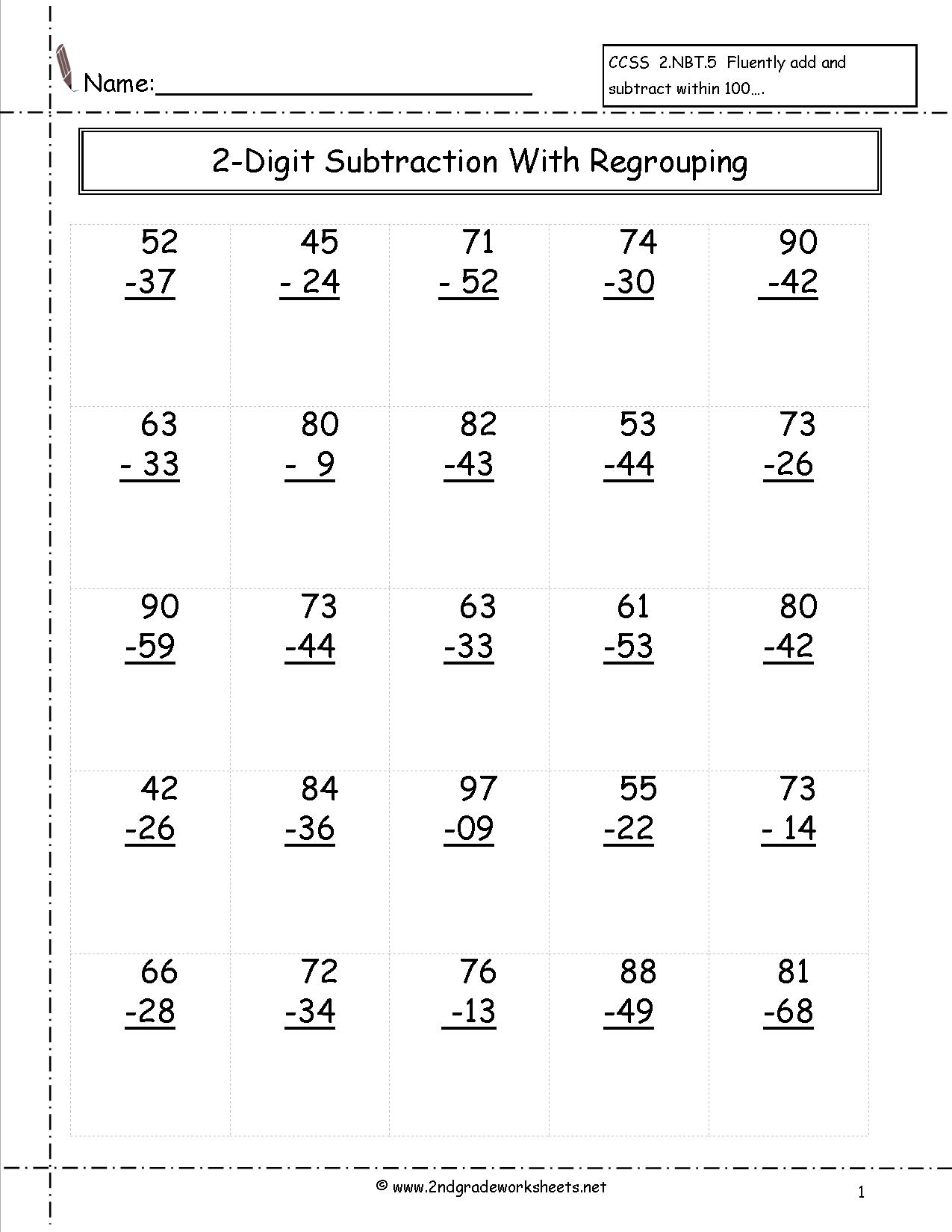














Comments